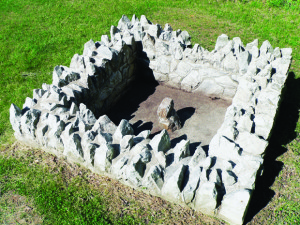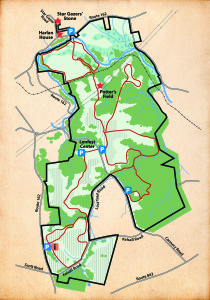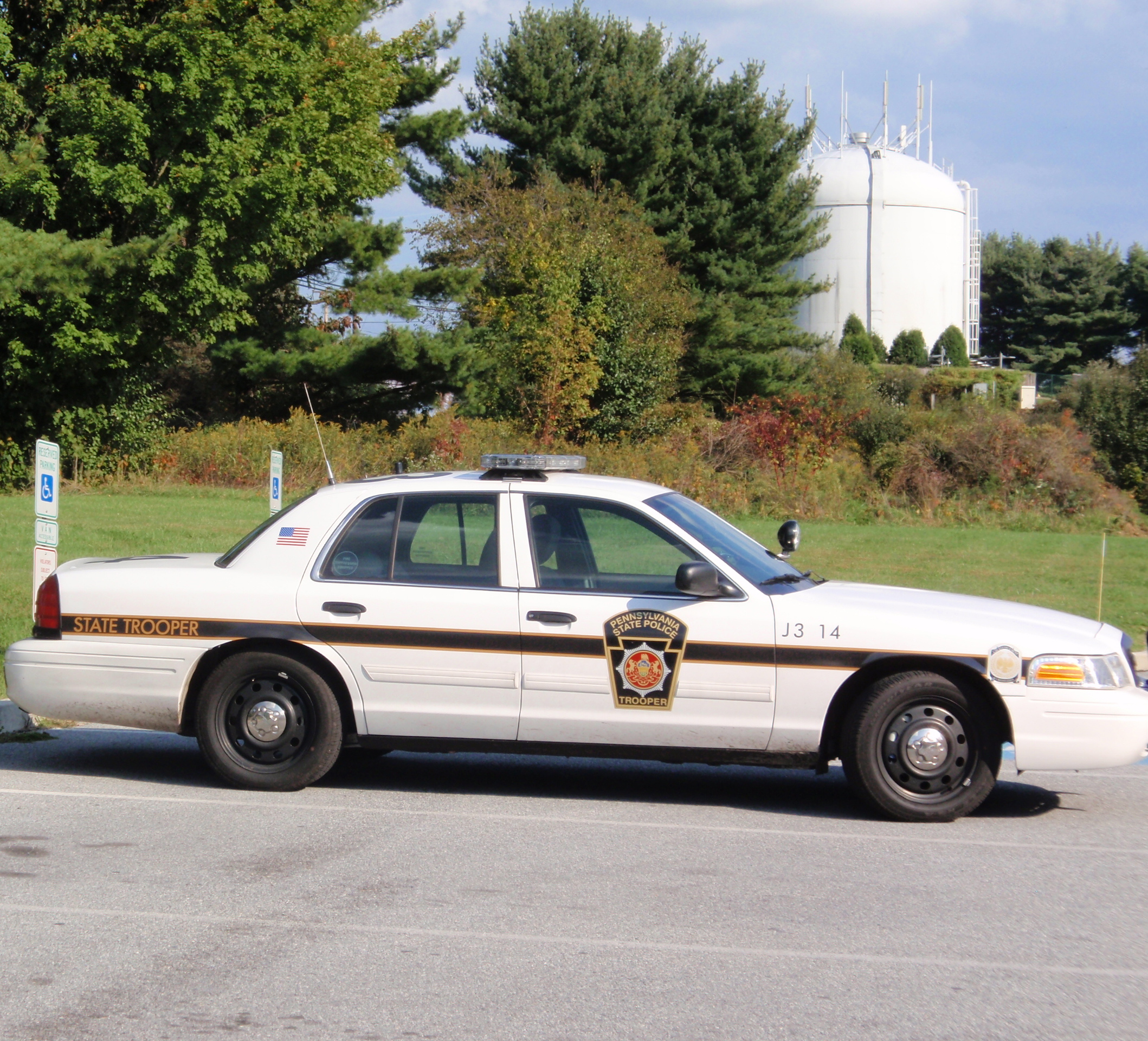Star Gazers’ Stone is one of sites to be showcased during 250th anniversary festivities
By Kathleen Brady Shea, Managing Editor, The Times

The Star Gazers’ Stone in Newlin Township is one of the sites being celebrated during the 250th anniversary of the survey by Mason and Dixon.
Nearly two-hundred and fifty years ago, when satellites weren’t on anyone’s radar, astronomer Charles Mason and surveyor Jeremiah Dixon arrived in America to end a bloody, 80-year boundary dispute between Pennsylvania and Maryland. Their survey established the official line between the two colonies, a border that would later delineate the free and slave states.
On Thursday, it will provide cause for celebration from 1 to 5 p.m. as astronomers, surveyors, historians, map-makers, re-enactors, public officials and members of the public gather in Newlin Township to commemorate the upcoming anniversary of one of the greatest scientific achievements of the time, the significance of which still resonates in the area.
The gathering is part of the 17th National Rendezvous, an annual event hosted by the Surveyors Historical Society. The four-day program spotlighting Mason and Dixon this year will also involve Philadelphia-based activities, since the duo began their expedition there. But the pair soon realized that traveling a straight line south from the City of Brotherly Love presented geographic challenges so they selected a work site west of Philadelphia—the forks of the Brandywine Creek in Embreeville.
Residing at Harlan House, a historic, private residence that still stands at the corner of Stargazer and Embreeville Roads, Mason and Dixon set up an observatory from which to make their calculations. A reference point, now known as the Star Gazers’ Stone, was placed to mark the spot from where their observations started.
But Todd Babcock, the chairman of the Mason and Dixon Line Preservation Partnership who will emcee Thursday’s program, set up modern surveying equipment in 2005 to retrace Mason and Dixon’s work. Babcock, a member of the Surveyors Historical Society, determined that Mason and Dixon’s actual “star-gazing point” was hundreds of feet south of the Star Gazers’ Stone, closer to Harlan House.
On Thursday, during a 4 p.m. ceremony, a stone and plaque marking the 1764 observatory position will be unveiled. Stargazer Road will be closed from Embreeville Road from about 3 to 5 p.m. Other activities earlier in the afternoon will include a Mason-Dixon Observatory Hut, Colonial surveying demonstrations, and assorted displays.
The Star Gazers’ Stone is listed on the National Register of Historic Places and was designated a National Historic Civil Engineering Landmark, one of 125 sites in the country. The stone and a small plot of surrounding land were given to Natural Lands Trust in 2007 by Chester County as part of a 500-acre land transfer that helped establish ChesLen Preserve, one of the largest privately owned nature preserve in southeastern Pennsylvania.
Organizers said visitors can parking in the Newlin Township Maintenance Building lot next to Harlan House and walk over to the large tent, where the festivities will occur.
On Friday, Rendezvous 2013 will unveil a new Pennsylvania “blue and gold” historical marker at South Street, where Mason and Dixon began their survey. And on Saturday, Charles Mason, who was buried in an unmarked grave two blocks from Independence Hall, will receive a fitting memorial: an authentic 1766 Mason-Dixon stone, quarried in England — which once stood marking the famous Mason-Dixon Line.
For more information on Rendezvous 2013, visit http://www.surveyorshistoricalsociety.com/Rend2013.php.







